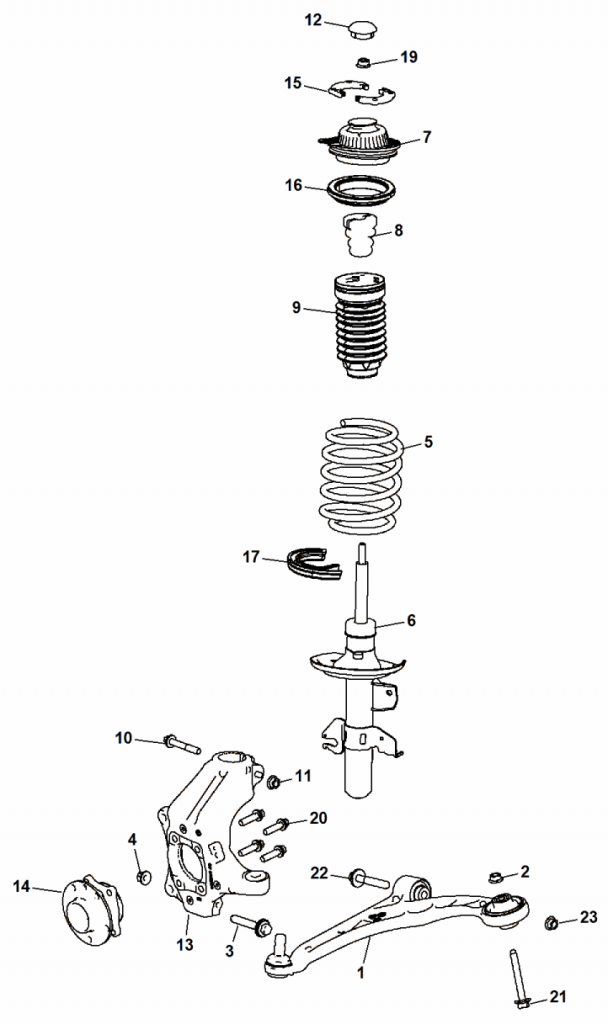When Fiat purchased Chrysler in 2009, it took a while to get some new products into the pipeline. By that time, the Neon was a memory, and Chrysler needed a compact car to help offset its fleet economy numbers. The solution was Fiat’s C-Platform that was being used for the Alfa Romeo Giulietta. The U.S. variant became the Dodge Dart and the same platform would then be used for the Chrysler 200 and even the Jeep Cherokee in 2014.
The C-Platform uses MacPherson struts in the front and a multi-link rear suspension. The Dart uses electric power steering mounted on the steering column.
Electric Power Steering
If the electric power steering light is on in the instrument cluster, resolve this issue before attempting an alignment. While not failure-prone, the unit can lose communication with the ABS and ECM. Larger drivers who use the steering wheel to lift themselves can cause damage to the steering column and electric power steering unit.
If you encounter a Dart with a steering complaint like a vibration in the steering wheel or chassis, first check the condition of the tires and state of balance. If this does not resolve the condition, check the calibration version of the electronic steering module. The latest version can help to minimize vibration.
Ride Height
The curb height of the Dart is a diagnostic measurement and can be used to verify that it is within specifications. In the front, measure and record the distance from the center of the spindle to the floor and the height of the lower control arm bolt to the floor. Subtract the numbers from each other.

In the rear, measure and record the distance from the center of the spindle to the floor and the height of the lower control arm bolt to the floor. The measurements should be within 12mm of the opposite wheel. Due to the different engine packages, there are several ride height specifications.
Adjustments
Front camber and caster settings on the 200 are set at the time the vehicle is assembled, and no adjustments are built-in or possible. Chrysler calls this is the process “Net Build.” Chrysler does advise that the subframe can be moved to adjust camber. This can be challenging to do because when one side moves, it changes the angles of the other side. The rear lower control arm front mounting locations are slotted to adjust the camber. Toe is adjusted with the toe link cam bolts.














